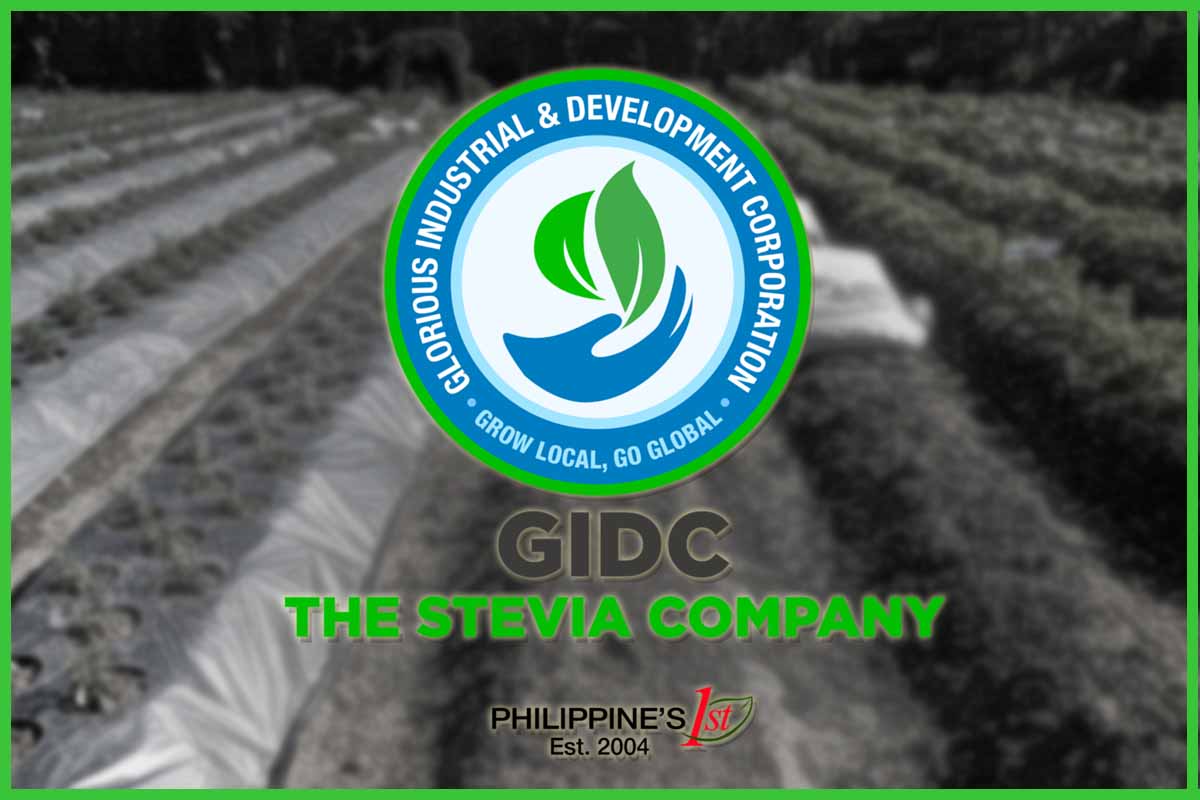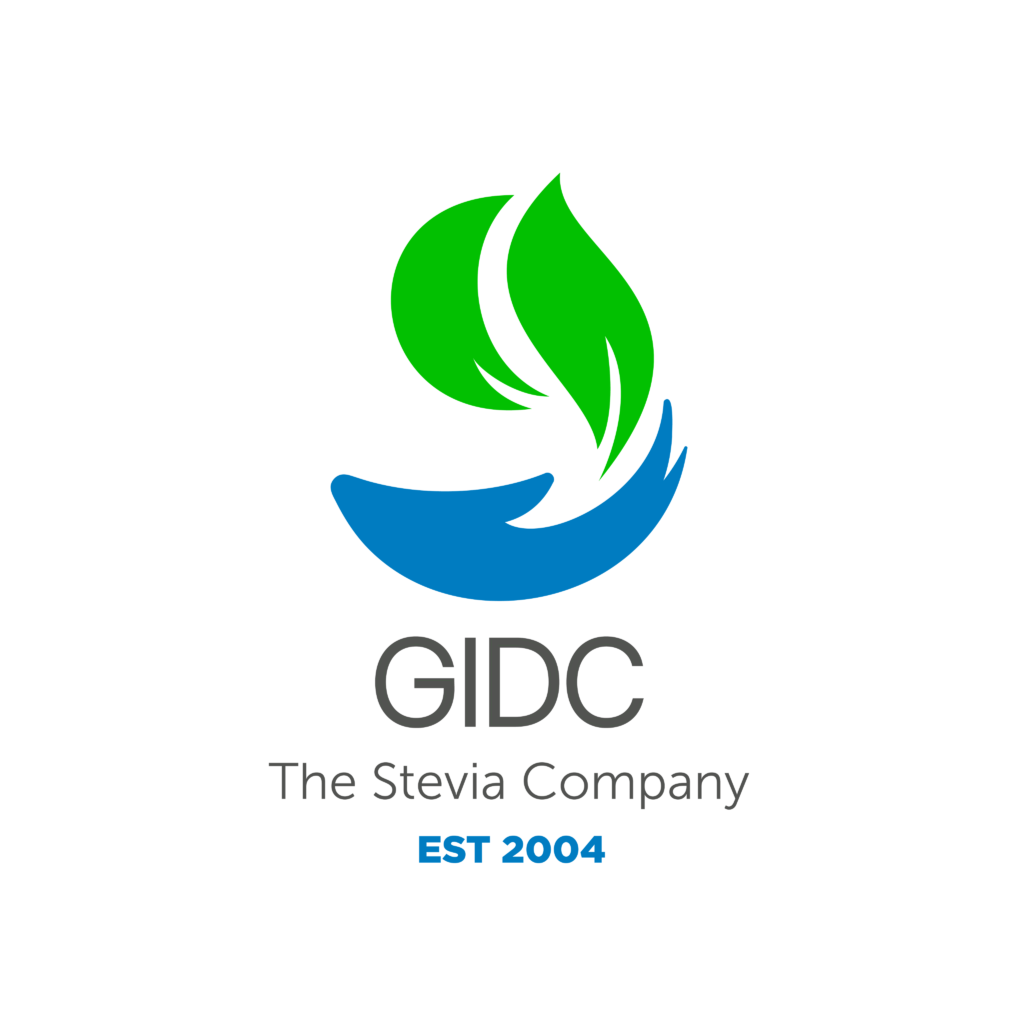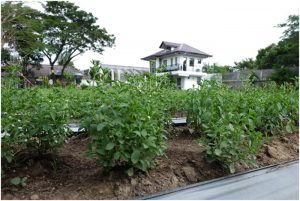
Diabetes is well-known in the Philippines, and it is getting more common among teens and young adults. As such, the number of diabetes-related deaths is rising drastically. According to the Philippine Journal of Internal Medicine (2008), the number of Filipinos with diabetes is increasing. The research showed that 7.2% f the population is repaired to be diagnosed with diabetes, equivalent to about 6.3 million Filipinos. In addition, about 14.2% of the population lives at risk of pre-diabetes, also known as hyperglycemia.
Though similar, there is a difference between diabetes and hyperglycemia. Hyperglycemia refers to high levels of sugar, or glucose, in the blood. It occurs when the body does not produce or use enough insulin, which is a hormone that absorbs glucose into cells for use as energy. Usually, having hyperglycemia is a predecessor to having diabetes. The main source of energy is your blood glucose which can be found in the food you eat, but if your blood glucose is too high, you may have diabetes.
Many Filipinos are afraid of getting diabetes and rightfully so. It can affect your life in so many ways, so it is best to take precautions early and adjust to a healthy lifestyle, cutting the excessive sugar, and having a balanced diet. In effect, this should also be a priority concern for business owners in the Food & Beverage industries as customers may be looking intently for the healthiest option available. So, consider having a substitute for sugar such as Stevia.
All About Stevia
Stevia Plant
Stevia is a food ingredient with unique values that barely anyone knows about. Unlike other sugar substitutes, stevia is derived from a plant. It is made from a leaf related to asters and chrysanthemums. It is part of the Asteraceae family which is related to the daisy and ragweed. Some of the stevia species, like candy leaf, are native to New Mexico, Arizona, and Texas. The species of interest though when it comes to finding a sugar substitute is Stevia Rebaudiana. This plant grows in regions in South America, particularly in Paraguay and Brazil, where people have used the leaves from the stevia bush to sweeten foods for hundreds of years.
The discovery of stevia is credited to Swiss-Italian Botanist, Moises Santiago Bertoni, in the 1800s, but evidence shows that the native Guarani Indian used stevia hundreds of years before then. Stevia was used for medicinal purposes as a treatment for burns and stomach pains. Stevia leaves were also chewed on as a sweet treat. Stevia leaves have been used to sweeten tea in South America and Asia, and it was only a matter of time before it was brought to the Philippines. We have the Queen of Philippine Stevia to thank for that.
Stevia is an all-natural, zero-calorie sweetener with two major sweet compounds called Stevioside and Rebaudioside A (Reb-A). These compounds are what give Stevia its sweet taste. Stevia is the healthier alternative to refined sugar, and here are just some reasons why.
1. Lower Blood Pressure and Blood Sugar Levels while Fighting Diabetes
High blood pressure, high sugar levels, and diabetes are becoming detected more frequently among Filipino teens and young adults, and diet is partly to blame. Having elevated blood pressure is a major risk factor and may lead to heart disease, stroke, and kidney failure. Unfortunately, having high blood pressure (hypertension) is not usually something you feel or notice. You might write off a headache as nothing more than just that, but it might be a sign of hypertension. The only way to really know is to measure and monitor your blood pressure regularly.
Studies have shown that stevia may help lessen blood pressure. Some researches suggest that daily intake of 750-1500mg of stevioside, a chemical compound in stevia, reduces systolic blood pressure (the upper number in a blood pressure reading) by 10-14mmHg and diastolic blood pressure (the lower number) by 6-14 mmHg.
One of the largest health concerns today is Type II Diabetes. Characterized by elevated blood sugar caused by insulin resistance, stevioside seems to improve the function of the hormone insulin, thus lowering blood sugar levels. Stevia does not have calories or carbohydrates and therefore has no effect on blood glucose. Diabetic people can still enjoy sweets without raising their blood sugar when substituting sugar with stevia.
High blood pressure, high sugar levels, and diabetes are becoming detected more frequently among Filipino teens and young adults, and diet is partly to blame. Having elevated blood pressure is a major risk factor and may lead to heart disease, stroke, and kidney failure. Unfortunately, having high blood pressure (hypertension) is not usually something you feel or notice. You might write off a headache as nothing more than just that, but it might be a sign of hypertension. The only way to really know is to measure and monitor your blood pressure regularly.
Studies have shown that stevia may help lessen blood pressure. Some researches suggest that daily intake of 750-1500mg of stevioside, a chemical compound in stevia, reduces systolic blood pressure *the upper number in a blood pressure reading) by 10-14mmHg and diastolic blood pressure (the lower number) by 6-14 mmHg.
2. Diminish Risk of Pancreatic Cancer and Oral Disease
Pancreatic Cancer is a disease in which malignant (cancerous) cells form in the tissues of the pancreas. The pancreas is a gland located behind the stomach and in front of the spine. The pancreas produces digestive juices and hormones that regulate blood sugar. Stevia helps reduce the risk of having pancreatic cancer. Scientifically, the stevia plant contains sterols and antioxidant particles including kaempferol, quercetin, chlorogenic acid, isoquercetin and isosteviol, which are all necessary to reduce pancreatic cancer risk.
Stevia also reduces bacterial formation in the mouth, preventing cavities and gingivitis, which is why several brands of toothpaste and mouthwash add it to their formulas.
3. Helps Maintain a Well Balanced Diet
Stevia can help moderate calories in a diet and reduce weight. Plant-based and with zero calories, stevia is highly recommended for those trying to achieve a balanced diet by diminishing sugar intake without foregoing sweets entirely. Root causes of being overweight and obese involve factors such as prolonged sitting, physical inactivity paired with high and frequent intake of foods that are filled with refined sugar.
4. Helps Fight Allergies
Some people are allergic to sugar. The most common allergy when it comes to sugar is sugar intolerance. Sugar Intolerance happens because your body has trouble digesting sugar. According to the European Food Safety Authority (EFSA), “steviol glycosides aren’t reactive and are not metabolized to reactive compounds, therefore, it is unlikely that steviol glycosides under evaluation should cause by themselves allergic reactions when consumed in foods.” This is why Stevia can help prevent allergies.
5. Prevents Cancer
A 2012 study of a glycoside found in stevia plants suggested it may help speed up the death of cancer cells in a human breast cancer line. Another study in 2006 indicated that stevia has anti-inflammatory effects. An animal study in 2002 suggested that stevia has anti-tumor properties. Antioxidant compounds such as quercetin, kaempfrol, and other glycoside compounds found in stevia help to eliminate free radicals in the body, thus preventing the production of cancer cells. These antioxidants also prevent premature aging and cognitive malfunction.
Stevia is already present as an ingredient in over 5,000 food and beverage products around the globe. These products include ice cream, yogurts, bread, soft drinks, milk tea, and other food & beverage products. The Food and Drug Administration has already categorized stevia extracts as Generally Recognized as Safe (GRAS).
In the Philippines, stevia can be regularly found in supermarkets. Stevia is usually seen either at the baking section or the healthy food section. Stevia is a healthy substitute for sugar, but the question is: where can you buy the best tasting stevia and where can you find the best stevia company in the Philippines? The best stevia Company also is known for its best tasting stevia can be found in Bocaue, Bulacan.
Click Page 2 to learn more About Stevia Company.






